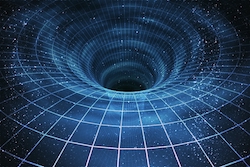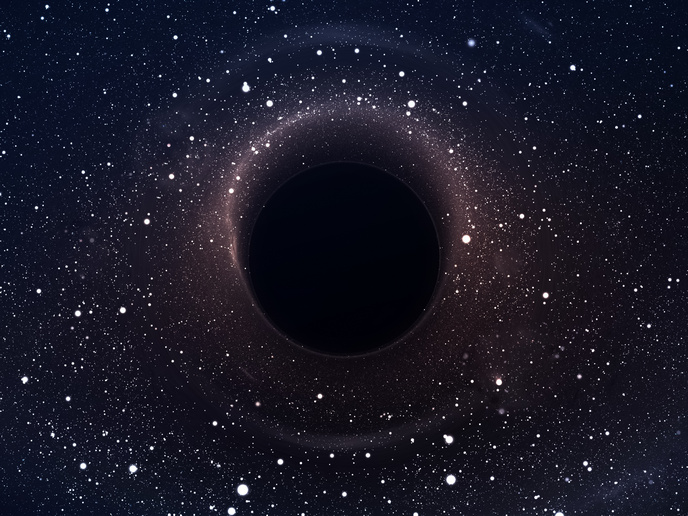Information theory brings us closer to better understanding quantum gravity
Information theory, the scientific discipline underpinning our networked world of digital storage and communication mediated through the internet, computers and smartphones, is now starting to influence physics. Regarded as carriers of information, physical systems and their interactions can now be examined and understood with fresh perspectives. The EU-funded Space-Time from Info project applied information theory to begin developing a novel paradigm which views the structure of spacetime as emerging from information flows among its microscopic constituents. Adventures in spacetime The Space-Time from Info project took as its starting point the view that the micro-architecture of the Universe, as a network of physical systems, can, in a rough analogy, be compared to the working of the Internet. The project set out to enhance our understanding of quantum gravity, to explain the familiar large-scale structures that we see around us (such as planet systems, galaxies and the cosmos) as collective phenomena emerging from the micro-network information exchange processes. Explaining the uniqueness of the approach, project coordinator Professor Caslav Brukner, says, “The more traditional perspective is where spacetime comes first and then one considers what sort of information flow is possible within it. The view here is that, fundamentally one cannot consider one without the other, that in a sense they might coincide.” Quantum gravity aims to describe how the spacetime structure that we see around us on the large scales of our universe - and well-described by general relativity - is not itself fundamental but rather emerges only as a special limit of a quantum theory of spacetime. As lead researcher and Marie Curie Fellow Dr. Philipp Höhn explains, “This is analogous to how classical mechanical physics emerges as the classical limit of quantum mechanics. To explain this simply: despite a football being made up of many quantum systems in the form of atoms, it can itself be described by the classical Newtonian laws of motion.” The project exploited the most elementary quantum system, the qubit, and the fact that it is possible to encode any spatial direction of the real space we live in, into the quantum state of a qubit. This is only possible because both real space and the state space of the qubit are three-dimensional. As Dr. Höhn elaborates, “In this manner, distant observers or agents, can communicate complete directional information, for example to synchronise their frames of reference, using the most elementary quantum systems as information carriers.” Exploiting this observation allowed the researchers to derive spacetime structure from the communication of quantum systems among agents which had not been evident before. What makes this surprising is that the investigation proceeded without presupposing any particular spacetime structure at the outset. Reshaping our very understanding of space and time The basic idea underlying the project was that while spacetime structure puts constraints on what and how information theory processes can physically be implemented, conversely informational properties (for example the very feasibility of certain communication tasks) can equally impose constraints on the spacetime structure. The project created a road map for an informational network approach to quantum gravity that fits well with recent developments within the high-energy physics community. As Dr. Höhn explains, “In particular, it suggests using the correlation strength among quantum subsystems to derive a notion of distance and thereby geometry. This is based on the observation that, under certain conditions, the more information systems have about one another, the closer they are.” While there are no immediate practical applications of the project, it is part of fundamental research efforts that have the potential to reshape our very understanding of space and time, and ultimately our Universe.







